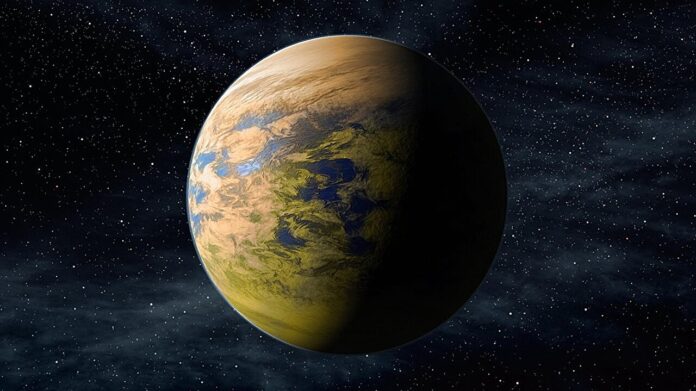Cloudy skies often obscure our view of stars and picnics are best held on clear days. But what if those very clouds held clues to discovering life on distant planets? A new study suggests that dense or even completely cloud-covered exoplanets could actually be prime locations in the search for extraterrestrial life.
While we tend to focus on a planet’s surface and atmosphere when looking for signs of life, researchers at Cornell University have discovered that vibrant microbial communities living high above Earth’s surface in its own clouds offer a surprising new avenue of investigation. These cloud-dwelling microbes produce colorful biopigments – pigments created for protection against harsh conditions like intense radiation and dryness – which could potentially be detectable from afar by telescopes.
“We thought clouds would hide life from us, but surprisingly they could help us find it,” said Lisa Kaltenegger, a professor of astronomy at Cornell and director of the Carl Sagan Institute.
The breakthrough comes from the first-ever reflectance spectra created for diverse cloud-dwelling microorganisms found on Earth. These color-coded “keys” show how different microbes reflect light at various wavelengths. By analyzing these spectra, astronomers can now potentially identify similar biosignatures in the atmospheres of distant planets – even if those planets are completely shrouded in clouds.
Collecting and studying these rare microbes proved challenging. Researchers worked with colleagues at the University of Florida to obtain samples from the stratosphere – a layer of the atmosphere between 21 and 29 kilometers above Earth’s surface – using special latex balloons. The collected microbes were then analyzed for their biopigments in Cornell laboratories by experts specializing in microbiology, atmospheric science, and engineering.
The study, published in The Astrophysical Journal Letters, demonstrates that the color signatures of these pigments not only reveal the presence of life but also offer insights into the environmental conditions where they thrive. “Biopigments have a universal character on our planet,” explained astrobiologist Ligia Coelho, lead author of the study. “They are powerful biosignatures and we’ve discovered a new way to look for them—through the clouds of distant worlds.”
This discovery is revolutionizing how we approach the search for extraterrestrial life. Telescopes like NASA’s future Habitable Worlds Observatory and the European Southern Observatory’s Extremely Large Telescope, scheduled to begin operations in the 2030s, are being designed with this new knowledge in mind. Astronomers can now look beyond a planet’s surface and delve into its atmospheric depths, potentially uncovering life hidden within its clouds.
The quest for extraterrestrial life just got a whole lot more colorful.
































